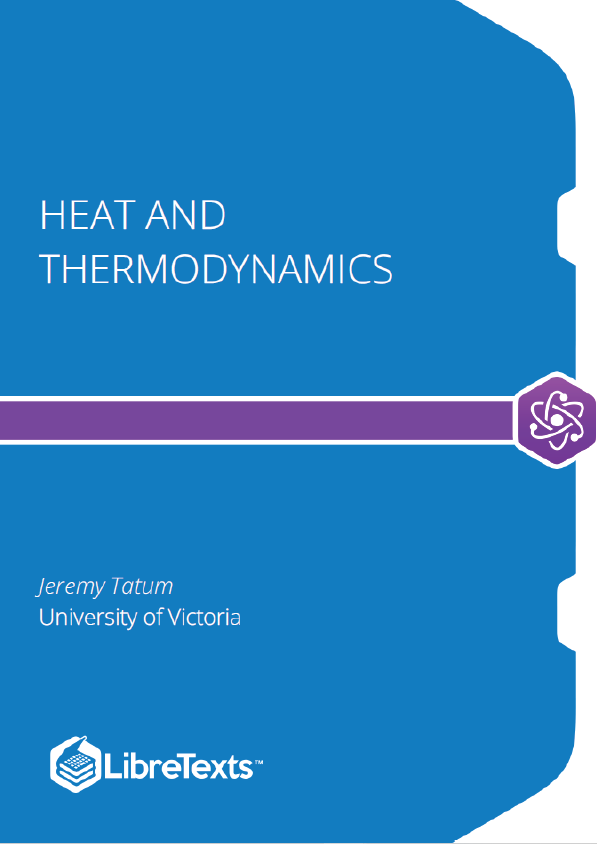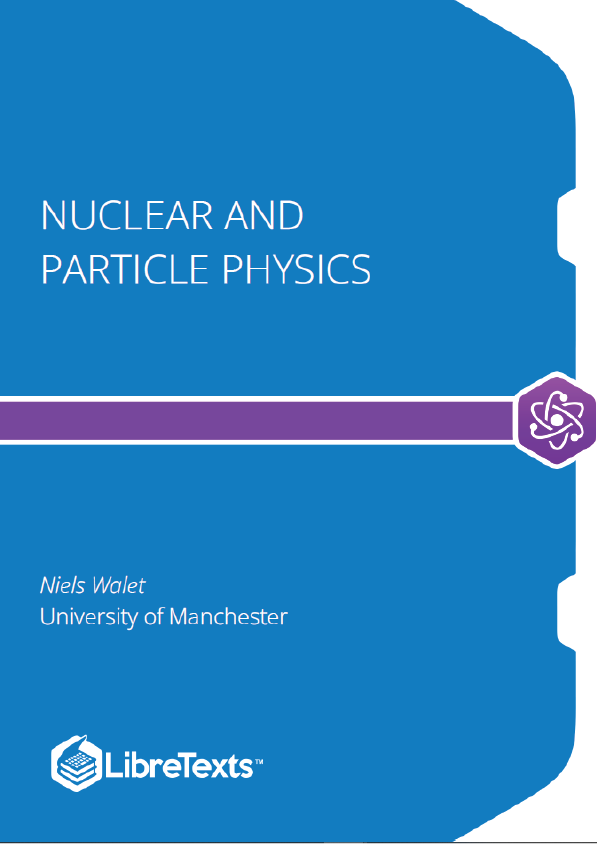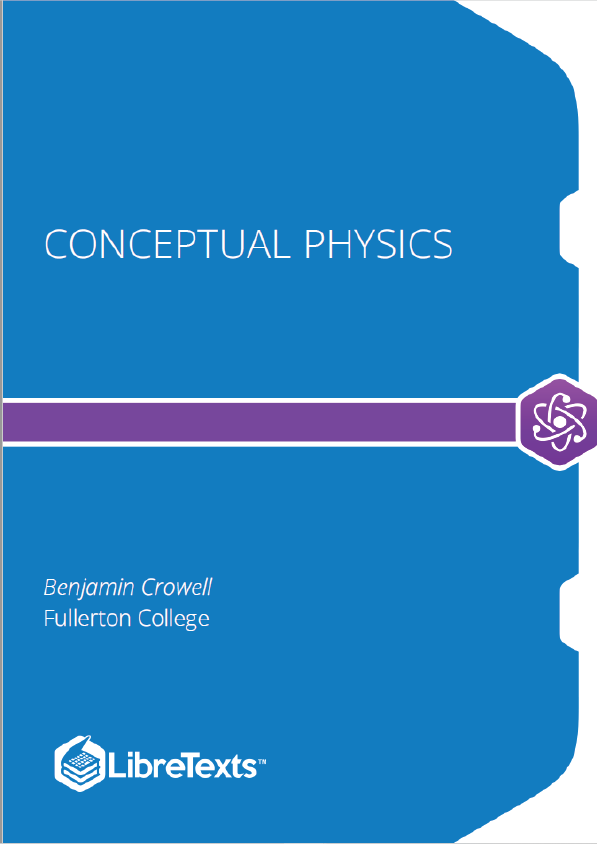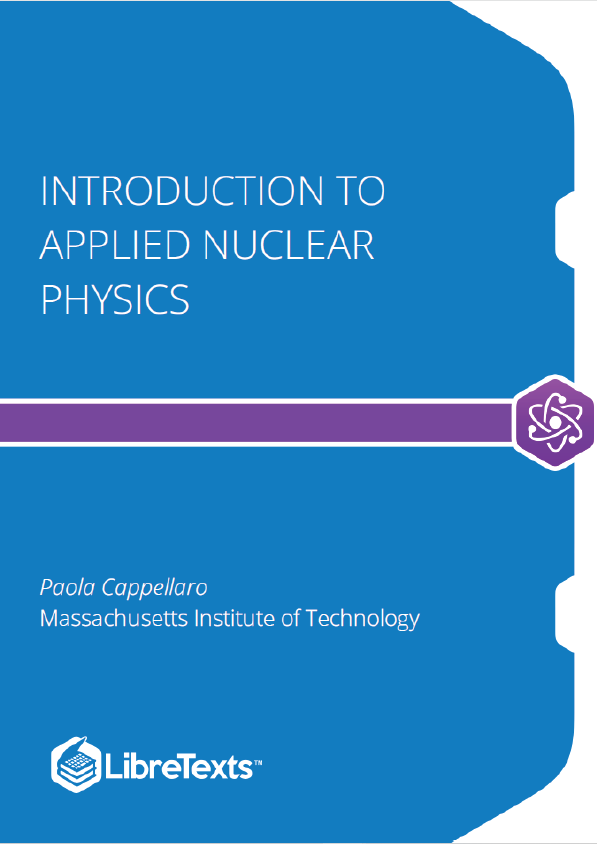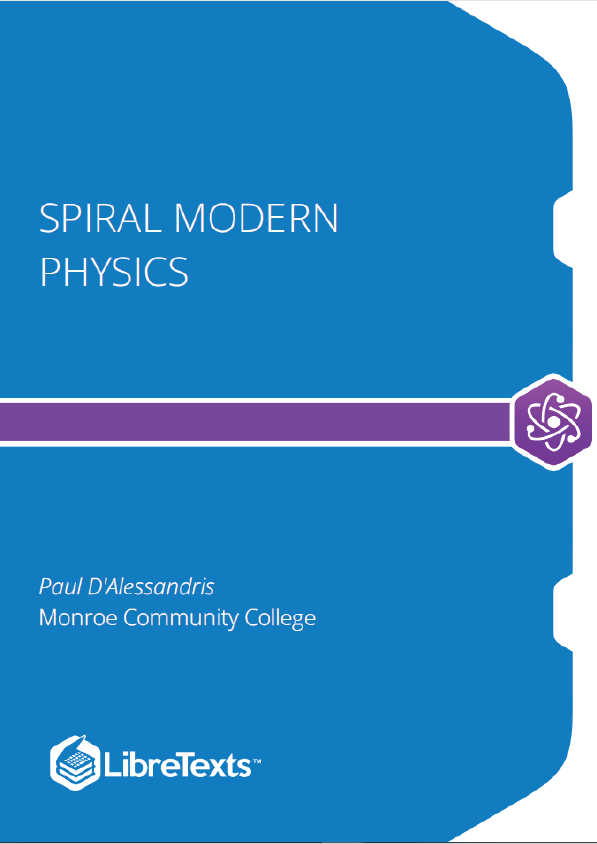Thermodynamics is a subject that has a wide variety of applications, including many in practical and engineering contexts. However, by choice, I shall be treating this subject from a very “academic” point of view, in which disembodied forces will compress ideal gases with frictionless pistons, seemingly far removed from the real engines of steel and gasoline which engineers must design. This approach may appeal to those with an academic bent – but is it likely to be useful to the aspiring engineer who lives and works in the real world? Need the practical engineer know and understand all this airy-fairy mumbo-jumbo? I would just argue this – that the “academic” approach deals with the fundamental physical principles upon which all practical applications must be built, and that an engineer above all others must thoroughly understand these principles. The fundamental principles do not cease to apply in the practical world!
I don’t expect to get down to serious thermodynamics in the opening chapter. Instead I shall just discuss a few isolated, unrelated miscellaneous bits and pieces that I thought worth doing. Furthermore, anyone who opens a book on thermodynamics will see the symbol ∂ liberally sprinkled over almost every page, so I thought I’d write a short chapter – Chapter 2 – on partial derivatives. That will not be intended as a formal course in mathematics, but just a brief summary of the main properties of partial derivatives that you are likely to need. Thus I shan’t get down to serious thermodynamics until Chapter 3.
Caloric, Calories, Heat and Energy
It has long been understood that heat is a form of energy. But this has not always been so, and indeed it was not generally accepted until the middle of the nineteenth century. Before then, heat was treated as though it were some sort of “imponderable (weightless) fluid” known as caloric, which could flow out of one body into another. It is true that as long ago as 1799 Humphrey Davy showed that ice could be melted merely by rubbing two pieces together without the need of any “caloric”, and indeed this could not be explained by the “caloric” theory. Davy argued – quite correctly – that friction between two bodies must generate “a motion or vibration of the corpuscles of bodies”, and that the observation of the melting of ice by rubbing alone showed that “we may reasonably conclude that this motion or vibration is heat”. Likewise at about the same time Benjamin Thompson, Count Rumford, showed that the boring of cannon continuously produced heat in proportion to the amount of work done in the boring process, and the amount of heat that could be so produced was apparently inexhaustible. This again should have sounded the death knell of the caloric theory, and, like Davy, Rumford correctly suggested that heat is a form of motion. In spite of this evidence and the arguments of Davy and Rumford, it wasn’t until the middle of the nineteenth century that caloric theory finally died, and this was a result of the famous experiments of James Prescott Joule to determine the mechanical equivalent of heat. There is some question as to whether the name should be pronounced “jool” (to rhyme with fool) or “jowl” (to rhyme with fowl). Joule was from a beer-brewing family in Manchester, in the North of England. In a north of England accent, “jowl” would be a preferred pronunciation, while “jool” would come more naturally in the south of England, although most modern Mancunians, like the rest of us, nowadays say “jool”. The uncertainty in the pronunciation is an old one, and was used by the brewery (which no longer exists) in Joule’s day as an advertising slogan for the beer. I am indebted to Dr Graham McDonald of the Joule Laboratory, Salford University, who found the actual advertising slogan for Joule’s Ales: Do you pronounce it Joule’s to rhyme with Schools, Joule’s to rhyme with Bowls, or Joule’s to rhyme with Scowls? Whatever you call it, by Joule’s, or Joule’s, or Joule’s. It’s GOOD!
